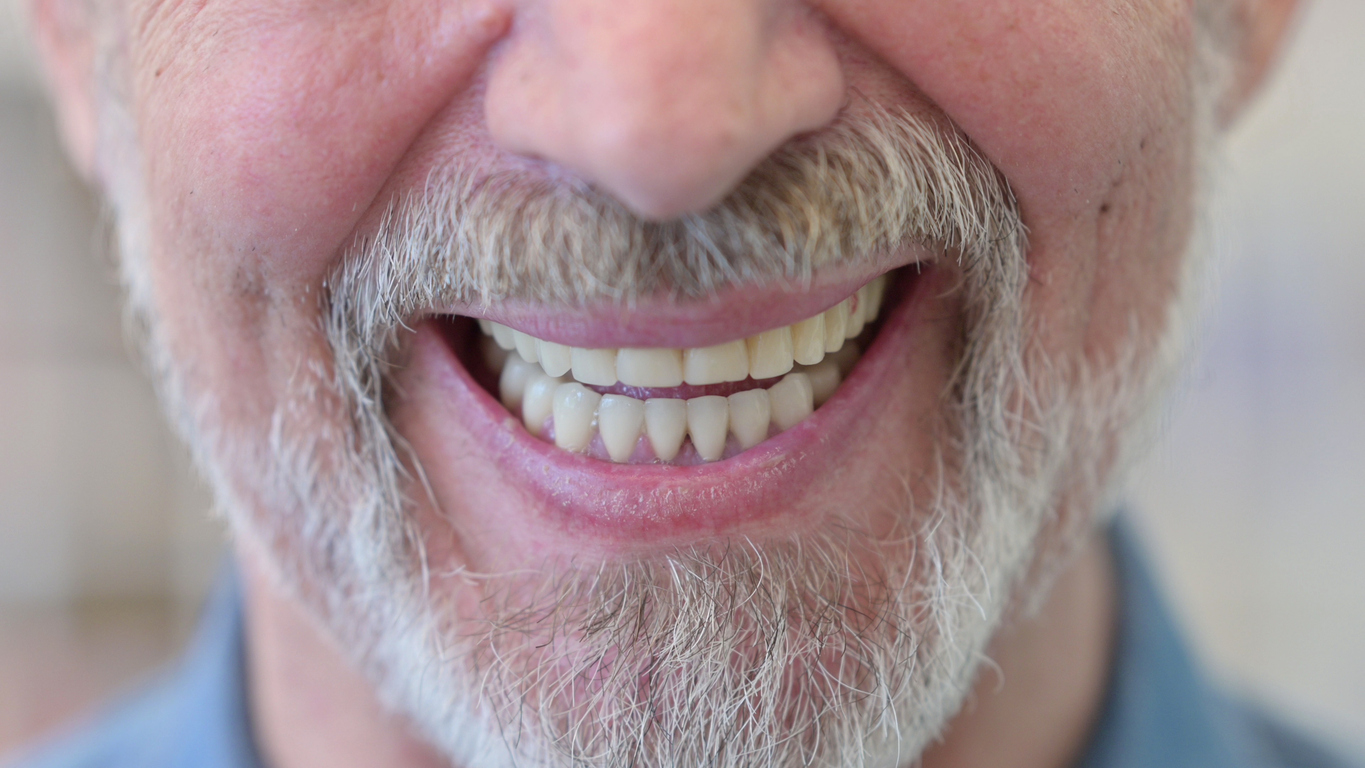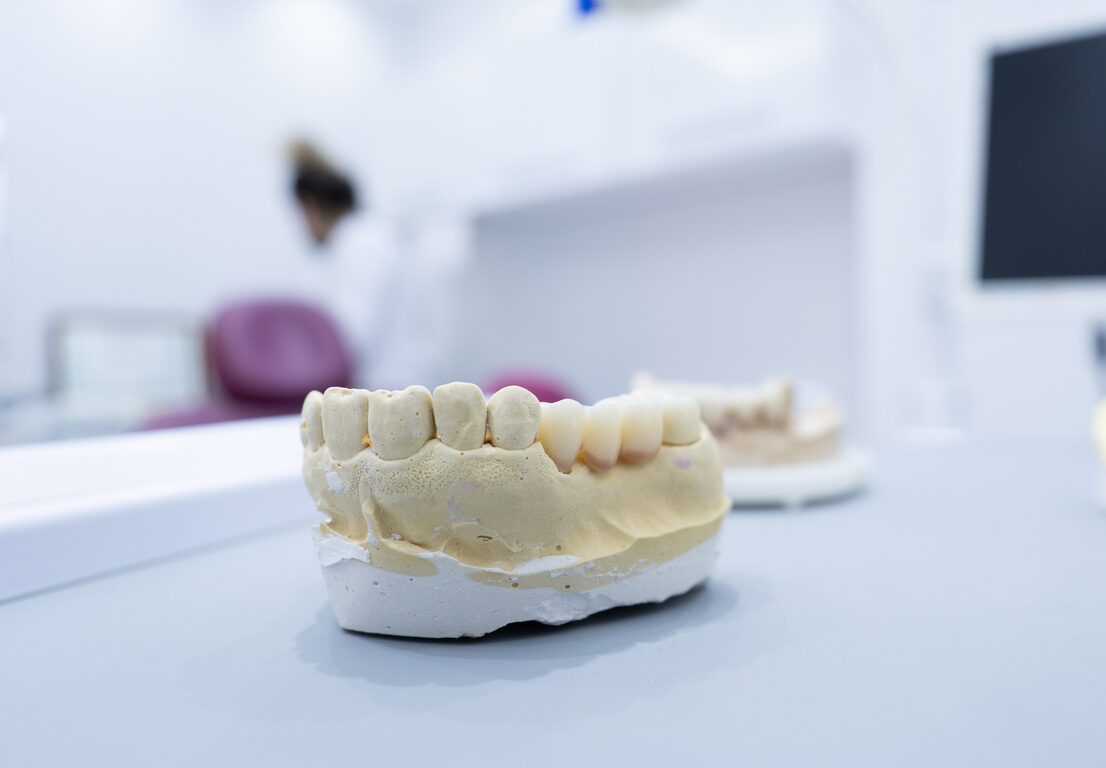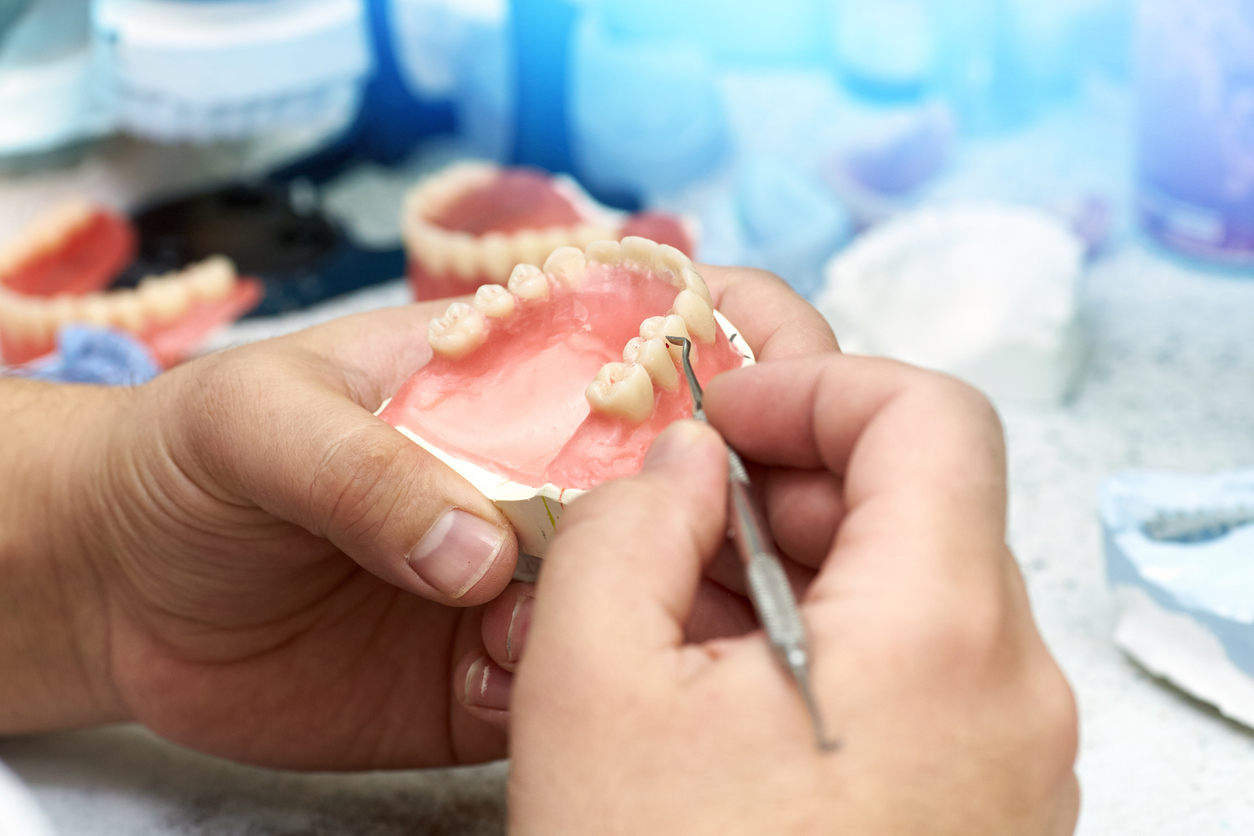How is a dental bridge made?
Two appointments are usually needed to complete your bridge treatment and reveal your complete new smile.
Firstly, we make sure the teeth that will support the bridge are healthy and strong. We then make the necessary reductions to these abutment teeth and take digital impressions. These are sent directly to a dental laboratory so your bridge can be custom-made. Your abutment teeth will be covered up using a temporary bridge to protect them in between your appointments.
After around two weeks, your new bridge will be ready! At your next appointment, we remove the temporary bridge and try in your permanent one. We make sure it fits well and you are happy with the look and feel before fixing it in place with resin cement.
We give you some tips and advice, making sure you know how to clean your bridge well and checking you are able to bite normally. Occasionally, repeat appointments are required to ensure a good fit.

We were thrilled and incredibly proud that we were London Finalists for Practice of the Year at the prestigious Private Dentistry Awards 2024!







;)





